Danielle Desjarlais
Advisor: Shawn Bailey
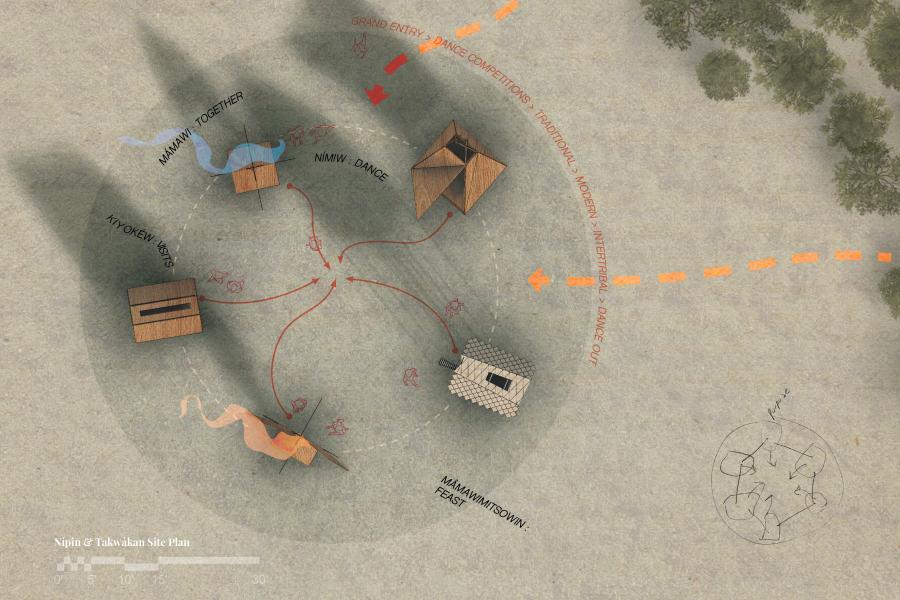
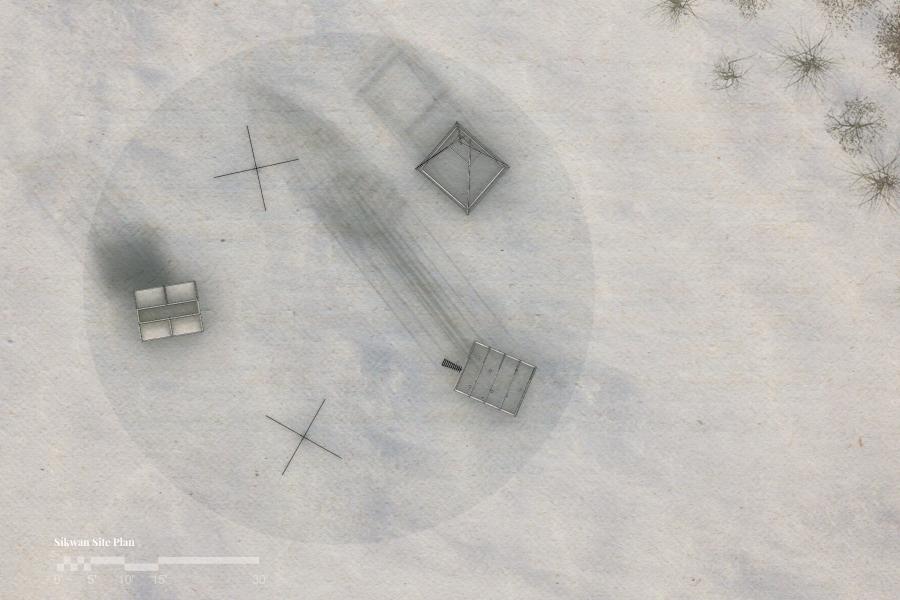
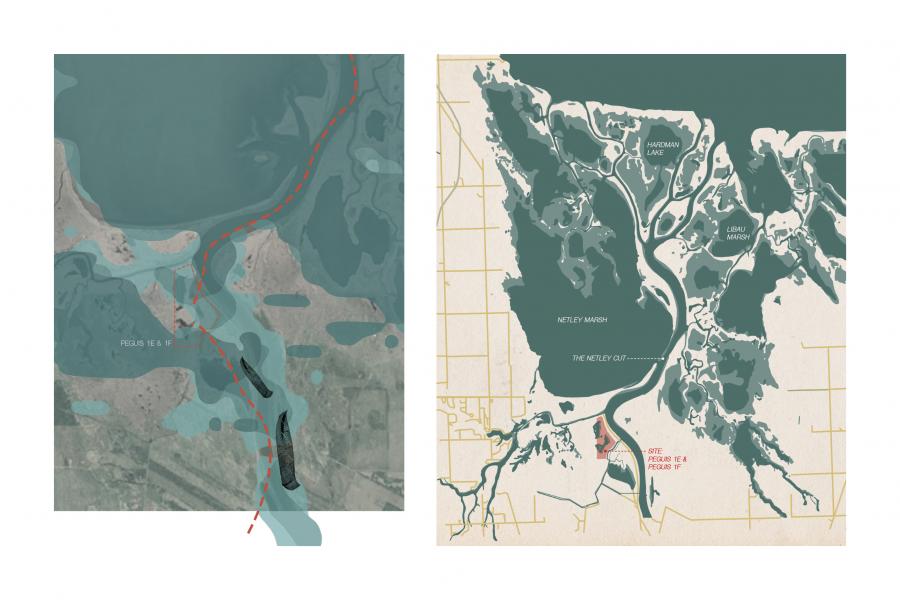
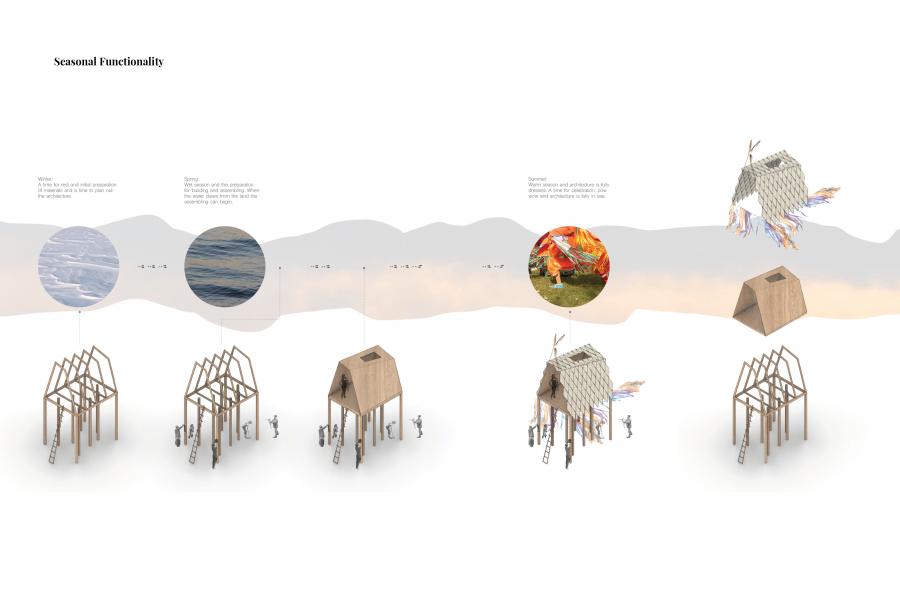
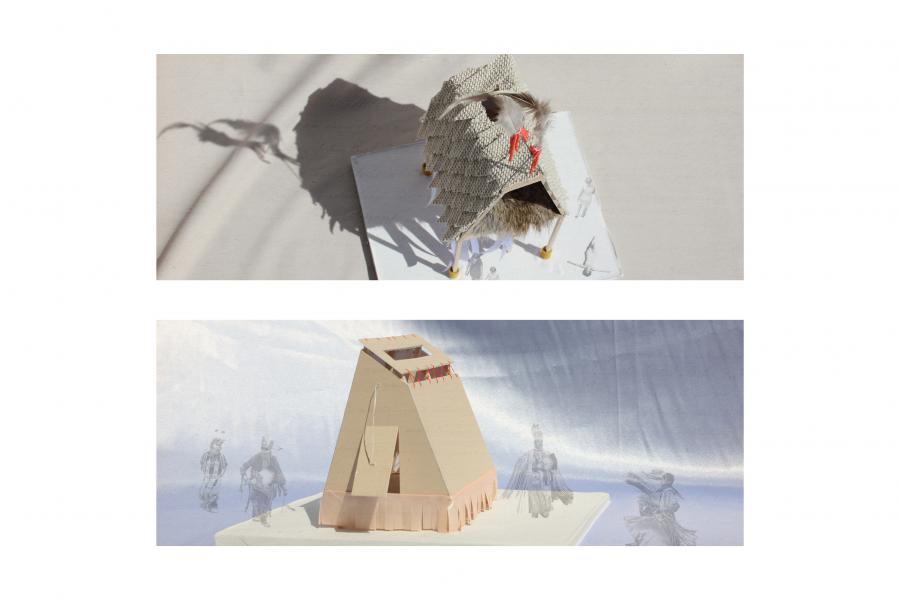
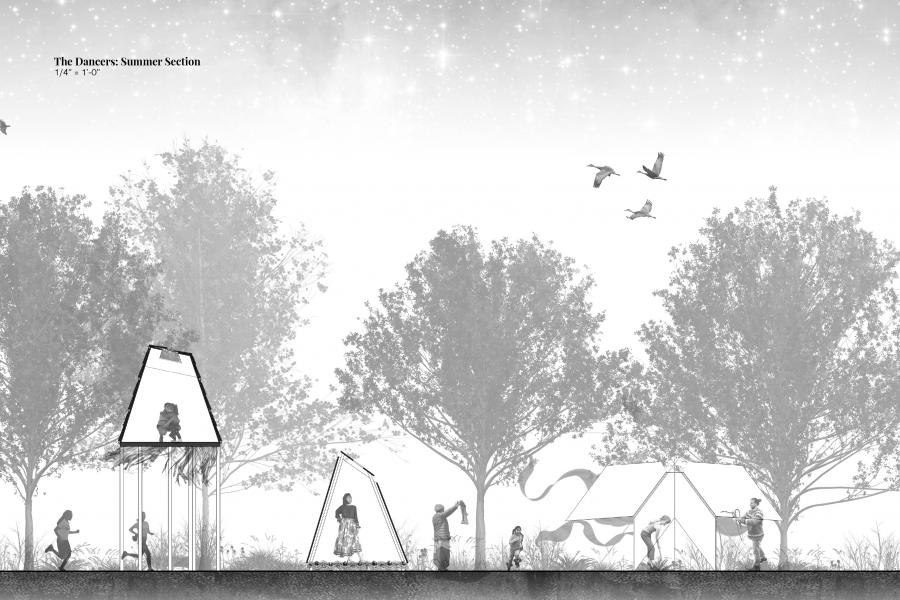
New Ways of Indigenous Thinking: Architecture Made From Resiliency
Since colonization, Indigenous identity has been oppressed and persecuted globally, but also right at home in Manitoba. As Chief Justice Beverley McLachlin states, “The objective – I quote from Sir John A. Macdonald, our revered forefather – was to ‘take the Indian out of the child,’ and thus solve what was referred to as the Indian problem. ‘Indianness’ was not to be tolerated; rather it must be eliminated.”1 So the question arises, how can Indigenous nations reclaim identity with colonial ideologies already existing and dominating in today’s world? This design thesis explores the subject matter of pow wow and traditional dance as well as an investigation on Indigenous futurism. Fancy Shawl is a dance that is a fairly recent innovation and in regards to this thesis, it represents an adaptation of something that stemmed from a strong, yet oppressed traditional and cultural origin. The concept of Indigenous futurism “re-imagines societal tropes, alternative histories and futures through the exploration of science fiction and its sub-genres”.2 How can architecture for Indigenous communities be re-imagined to fight oppression while celebrating culture for the ones who could not? How can architecture be used to build Indigenous resiliency and futurism?
The site for this research takes place on Peguis First Nation land. Peguis 1B is a community with a rich culture and strong traditions located 196 kilometers north of Winnipeg.3 Peguis 1E and 1F is land owned by Peguis First Nation located at the south point of Lake Winnipeg, approximately 60km north of Winnipeg. This portion of land was leftover and given to Peguis by the government. The studio research focuses on exploring a place to provide youth a space to gain traditional knowledge and considers a program that both focuses on the pow wow, dance, and learning, allowing Indigenous youth to explore the opportunity of a future in design. The architecture seeks to embody the Fancy Shawl dance and what it represents in its context; it represents a fight against the oppression that existed for too long and will honor the people that were forbidden to express themselves. It will put the ‘Indian’ back into the child.
This thesis explores architecture made for the past, present, and future. It explores architecture made by our ancestors and future generations to come. How can we be good relatives and ancestors? This leads to the question of how the project will approach the architecture with an Indigenous process in mind. This research then becomes context-oriented and develops an adaptable framework to the processes, allowing this thesis to re-imagine new processes and practices.
1 Sean Fine, “Chief Justice Says Canada Attempted ‘Cultural Genocide’ on Aboriginals,” The Globe and Mail, May 29, 2015, https://www.theglobeandmail.com/news/national/chief-justice-says-canada-attempted-cultural-genocide-on-aboriginals/article24688854/.
2 Monica Whitepigeon, “Indigenous Futurism Ushers in New Perspectives of Past, Present and Future,” Native News Online, July 18, 2020, https://nativenewsonline.net/arts-entertainment/indigenous-futurism-ushers-in-new-perspectives-of-past-present-and-future.
3 “About,” Peguis First Nation, January 23, 2020, https://peguisfirstnation.ca/about/.
